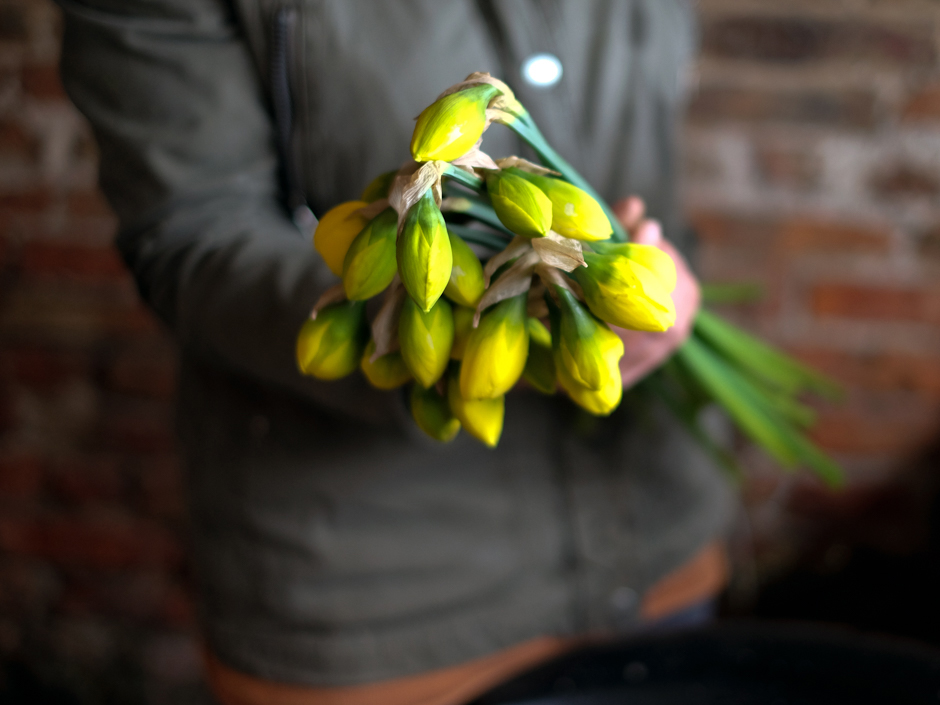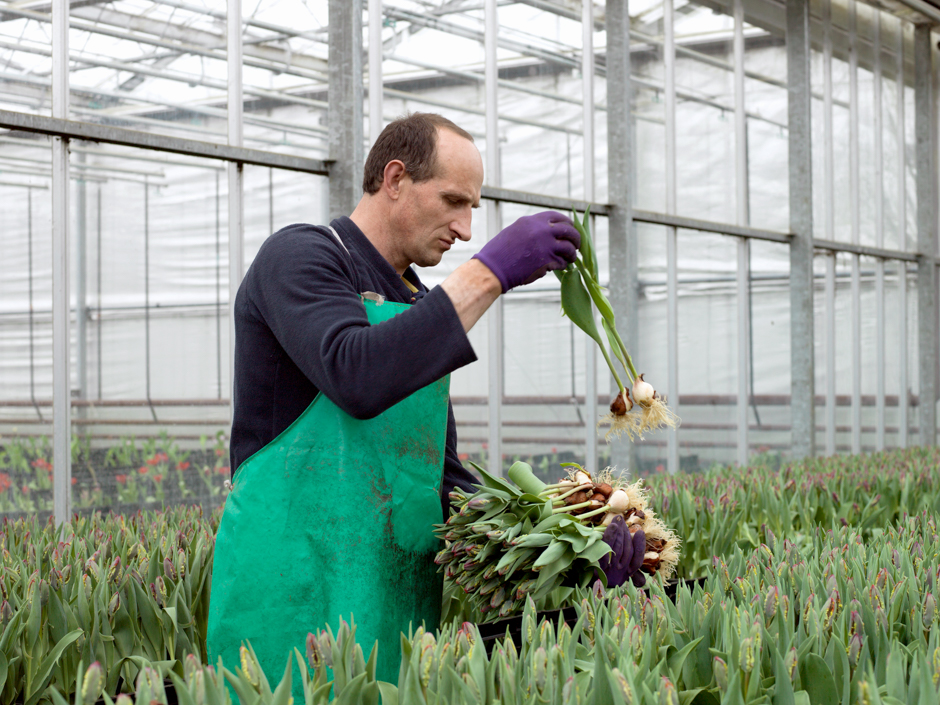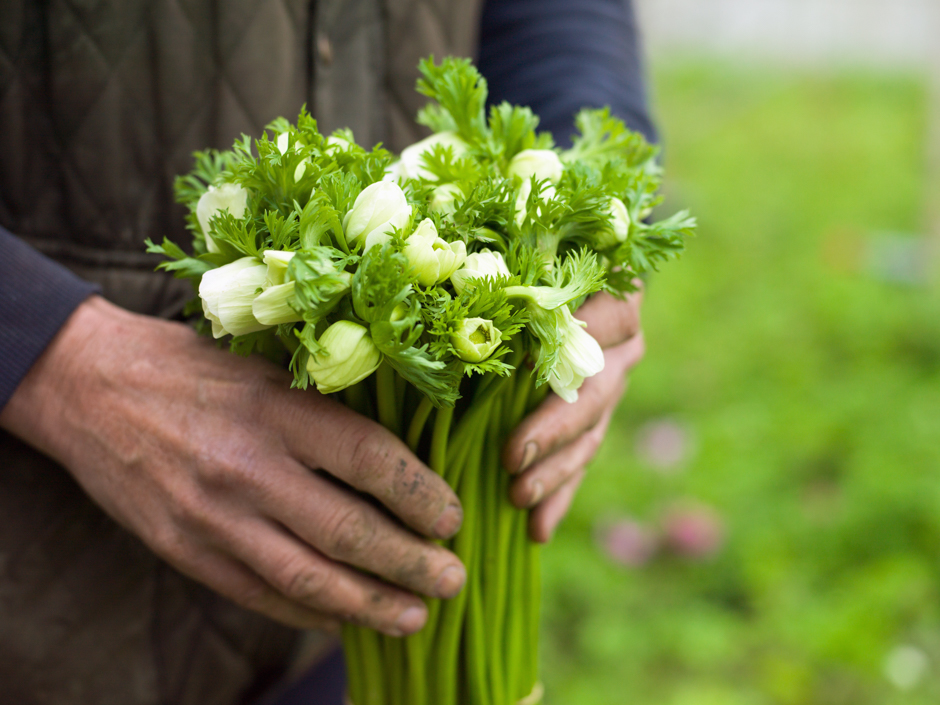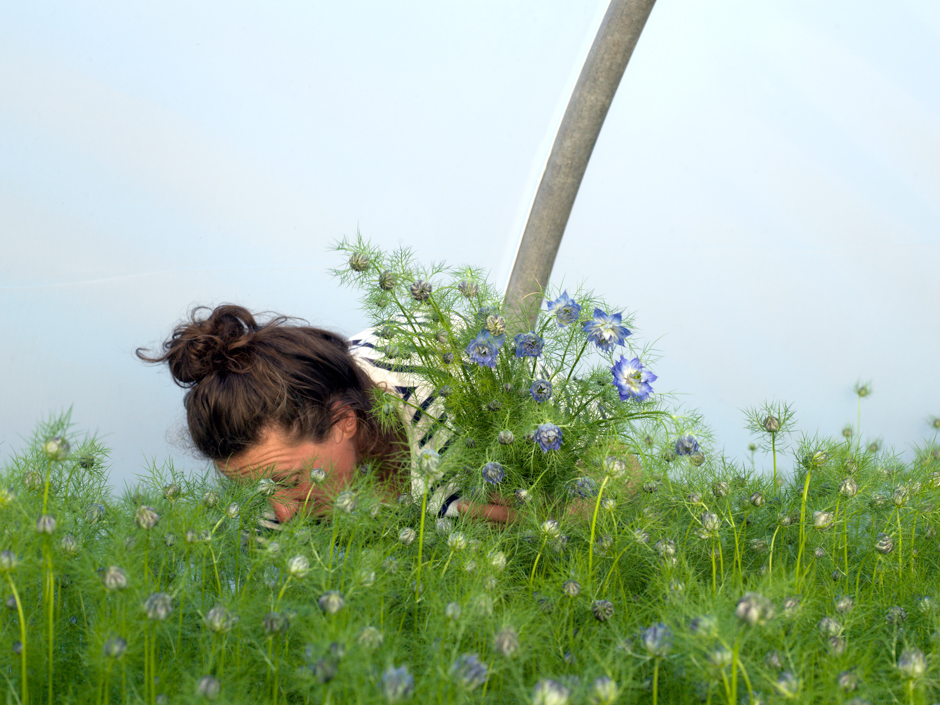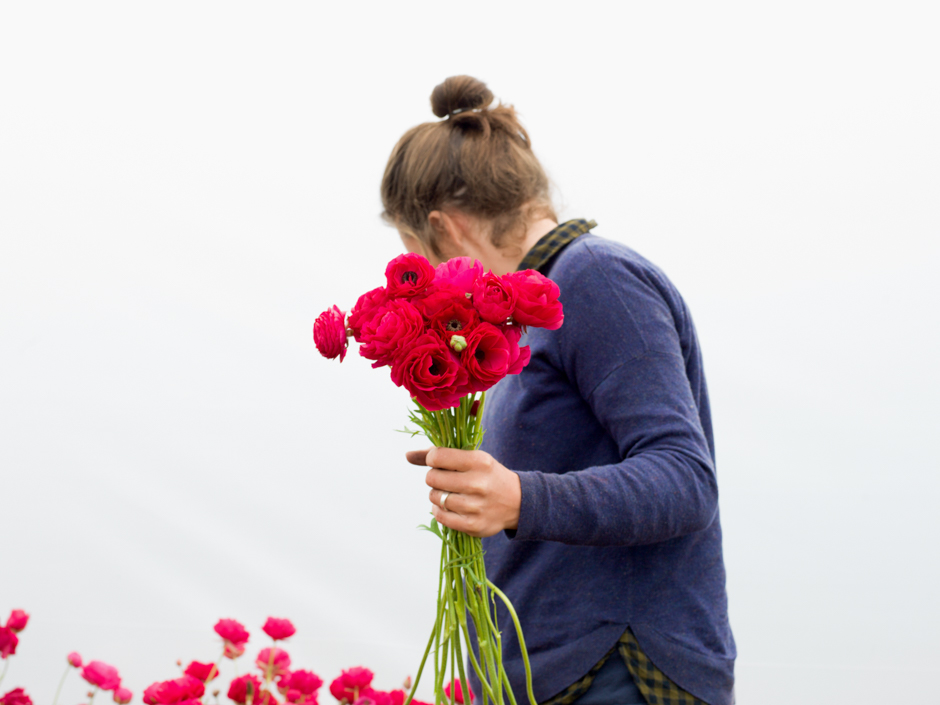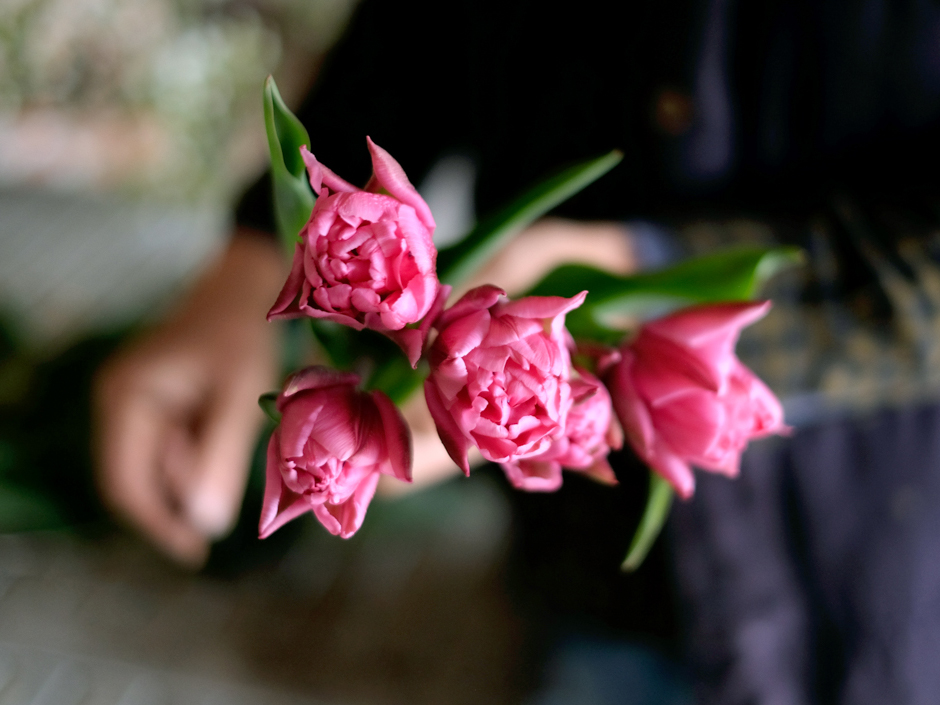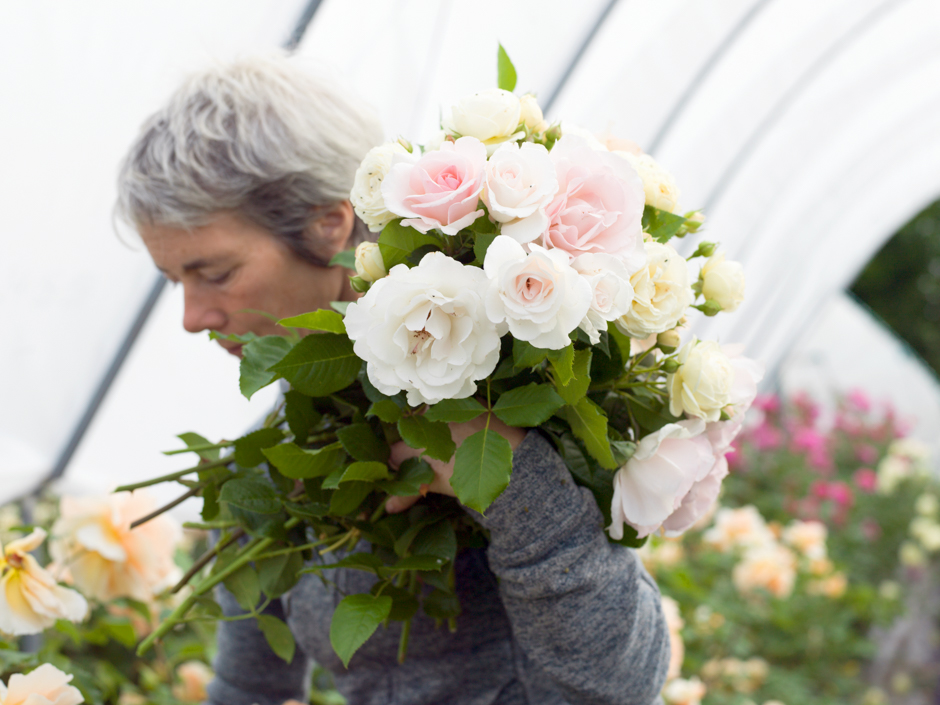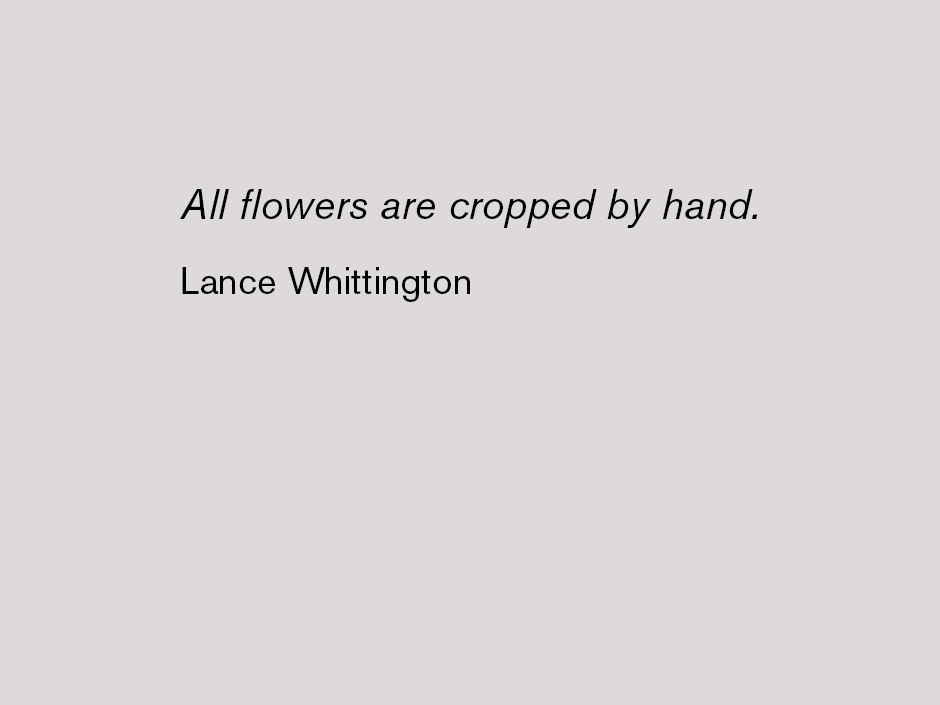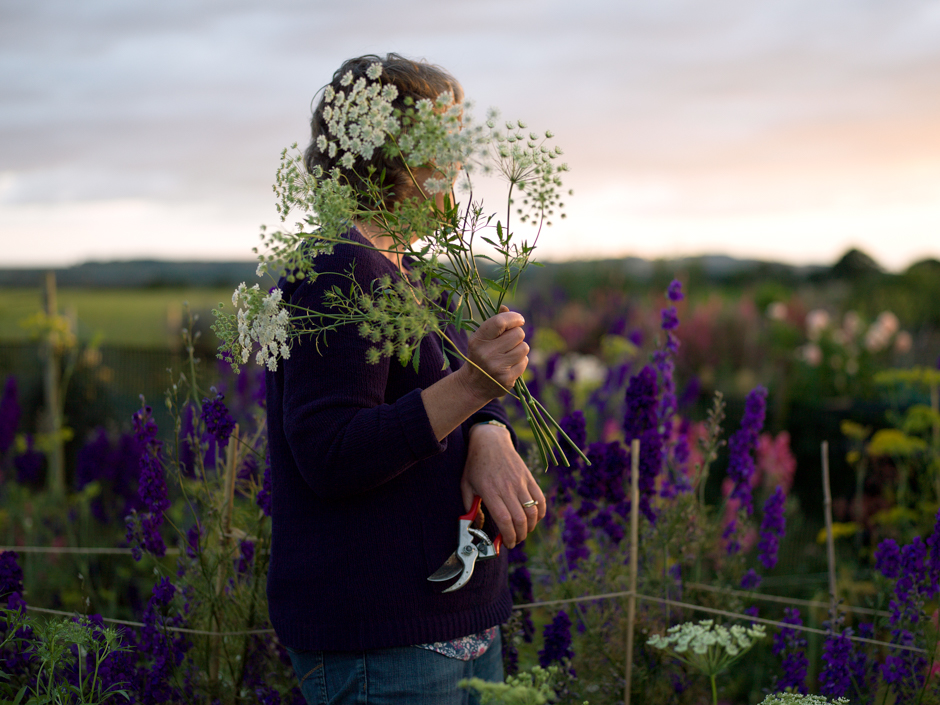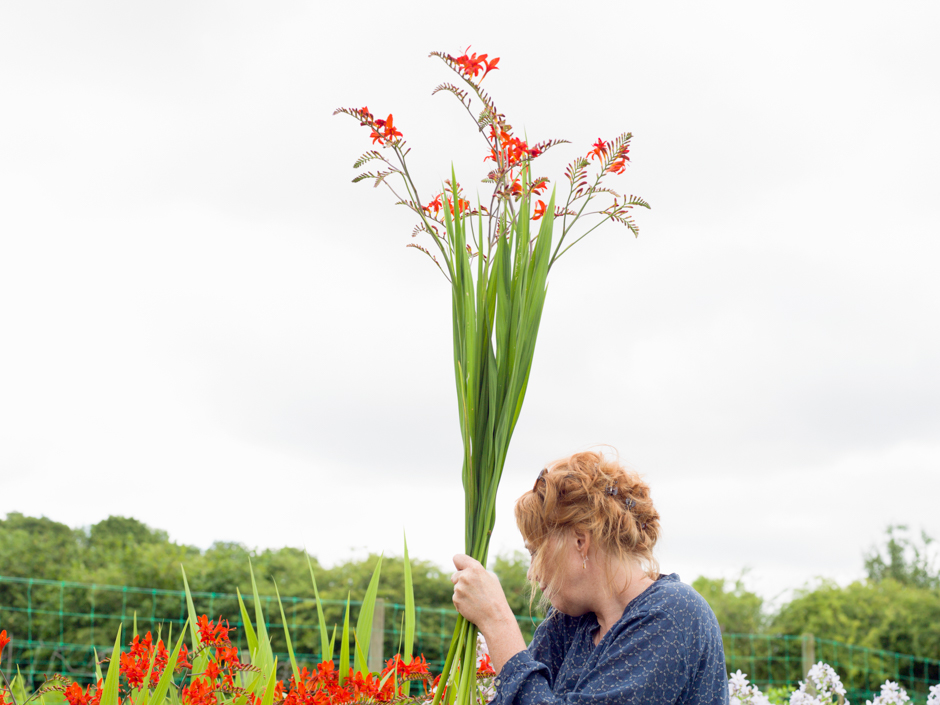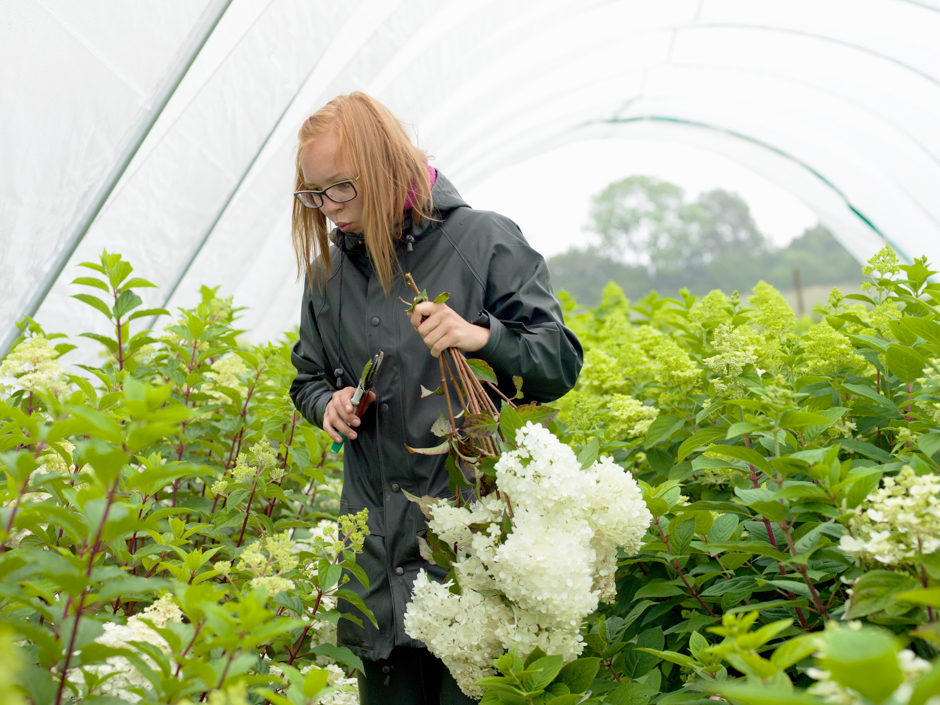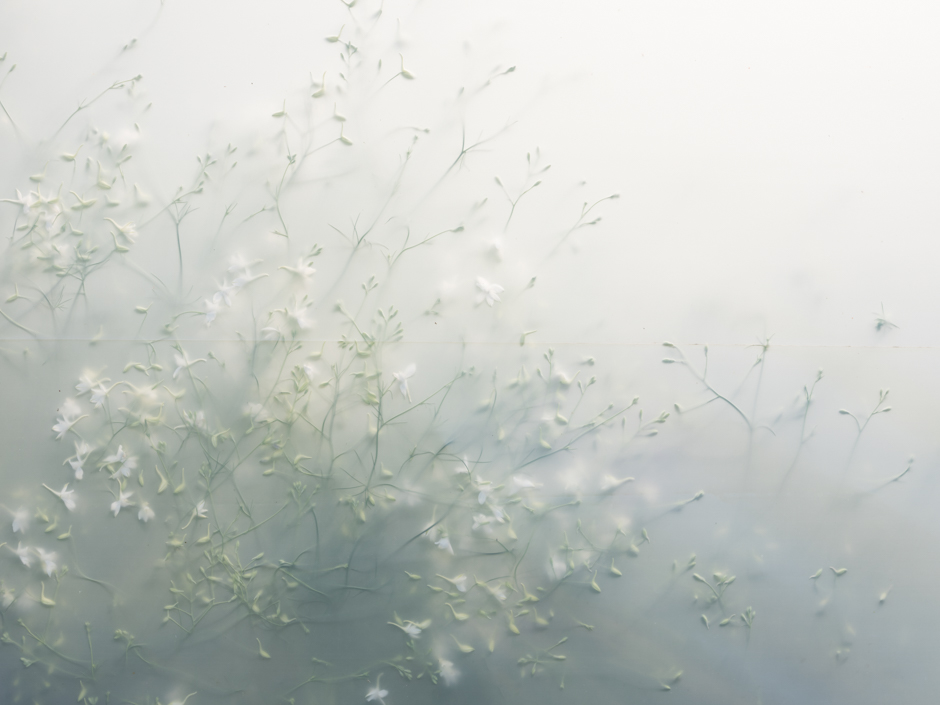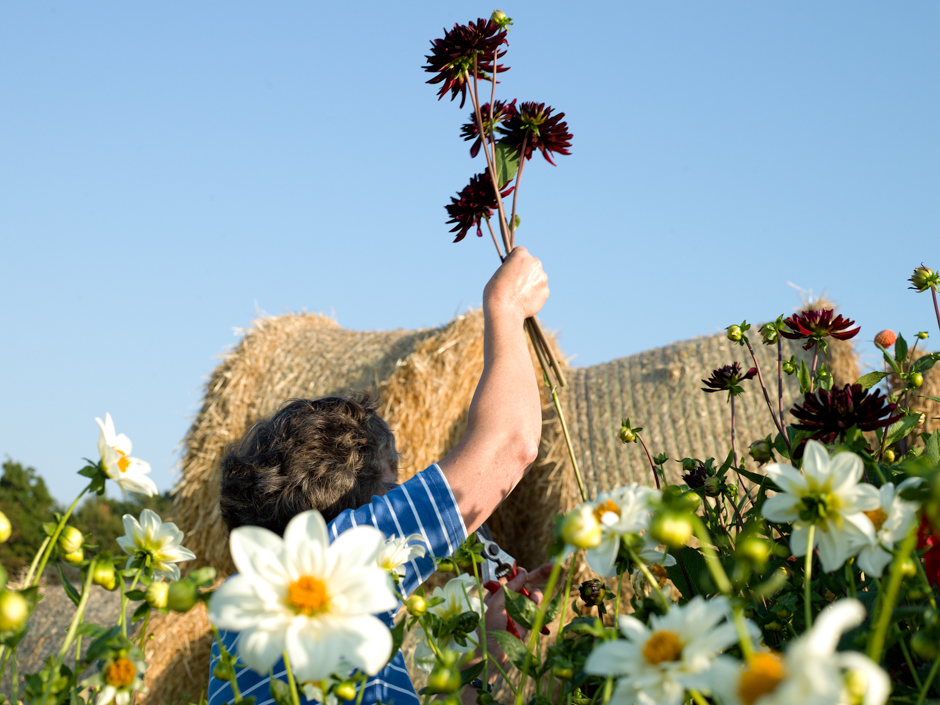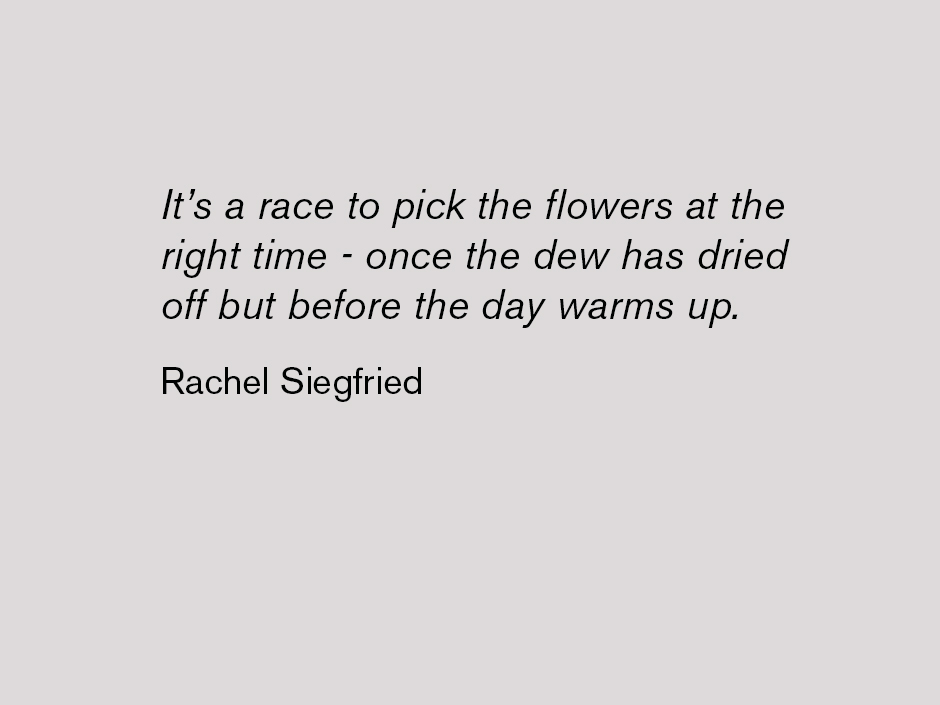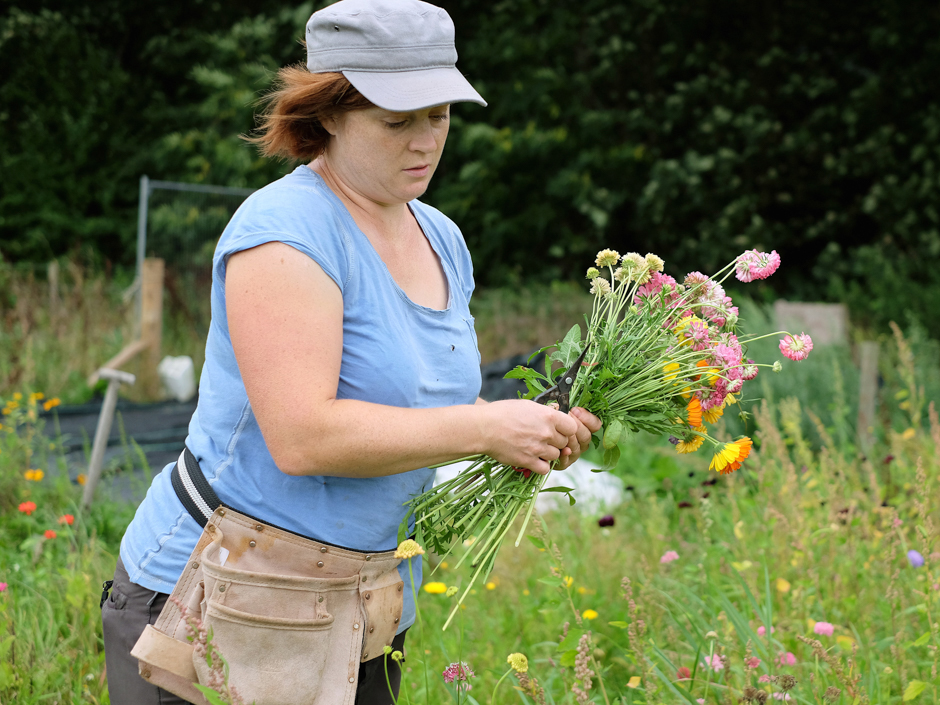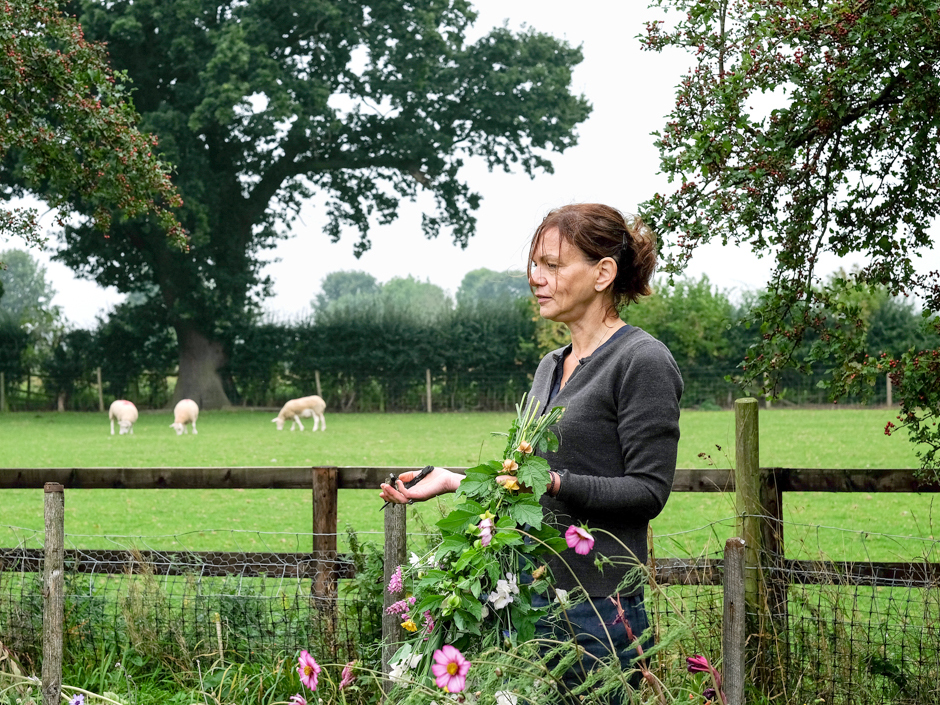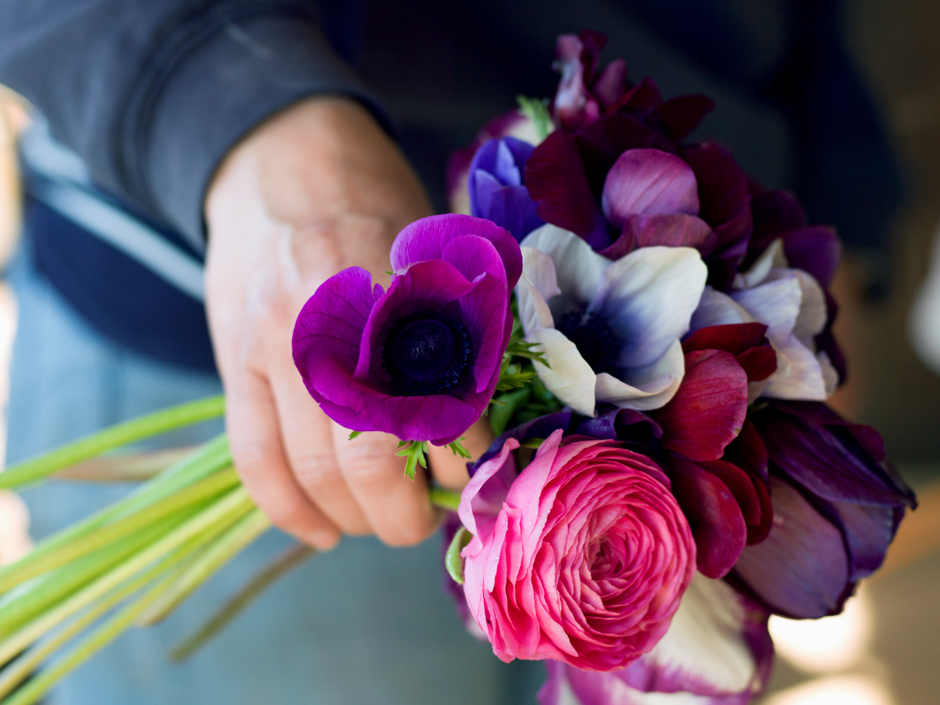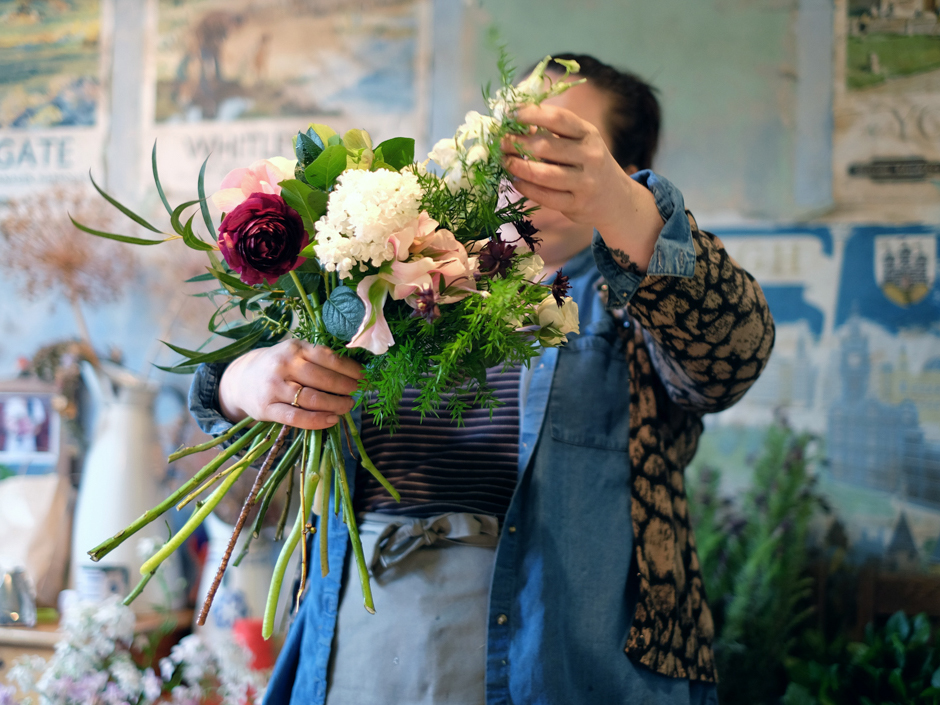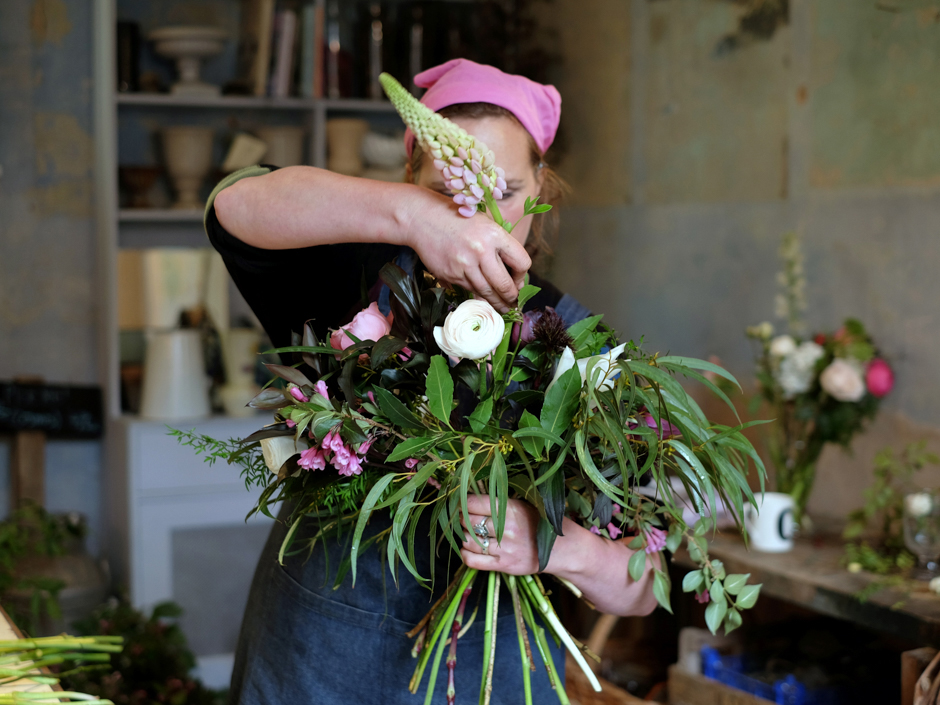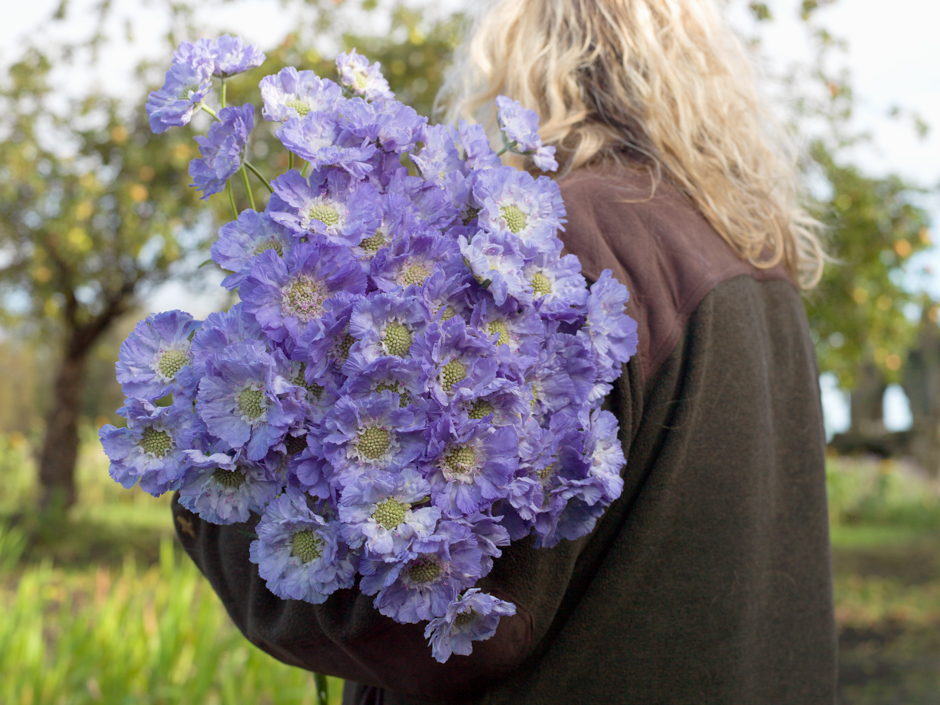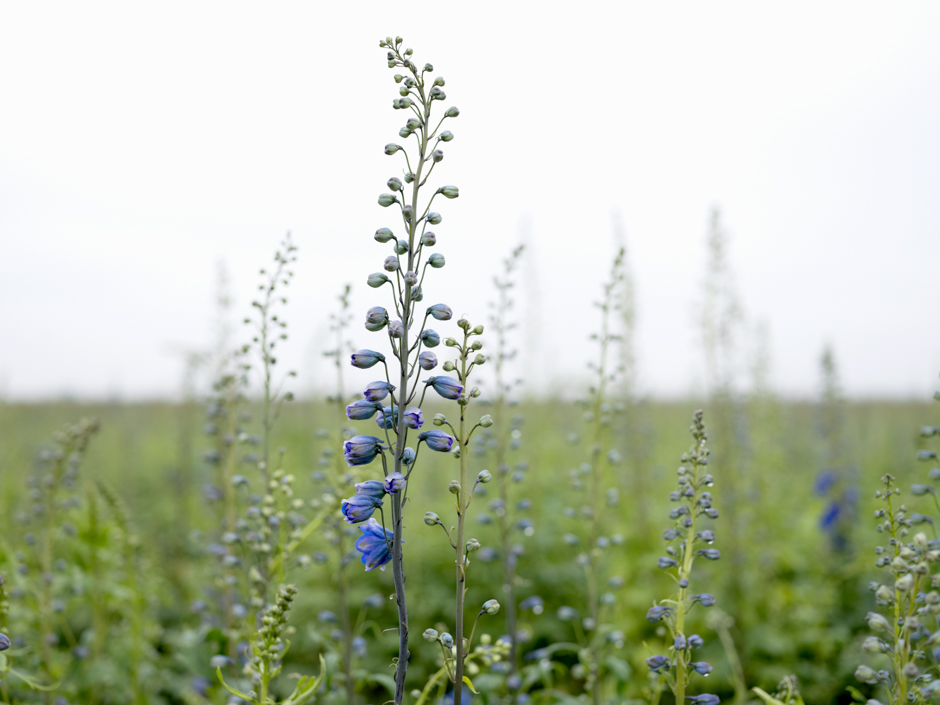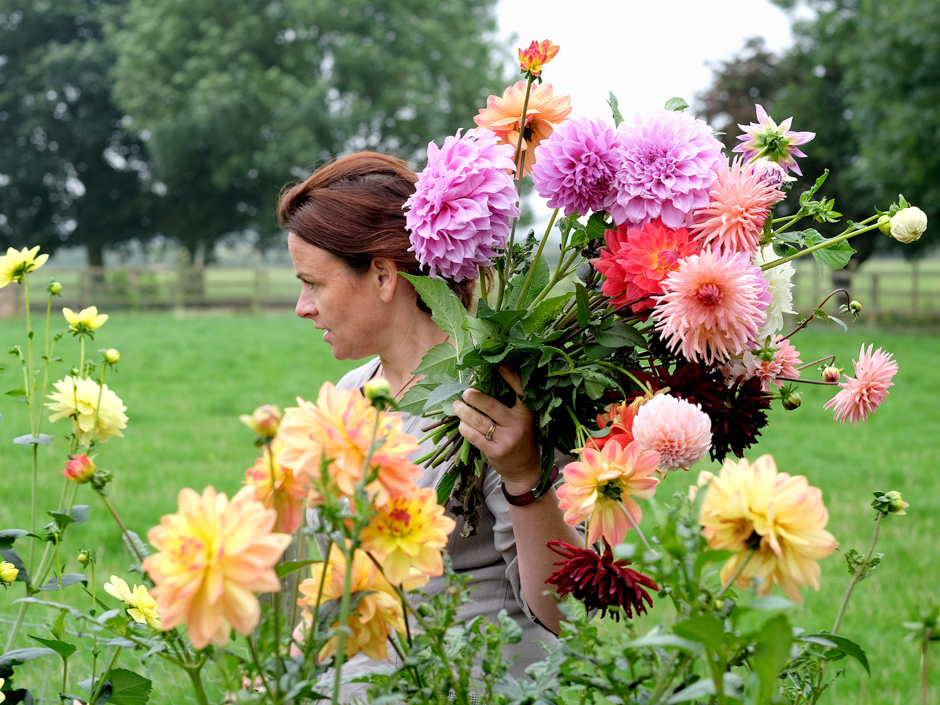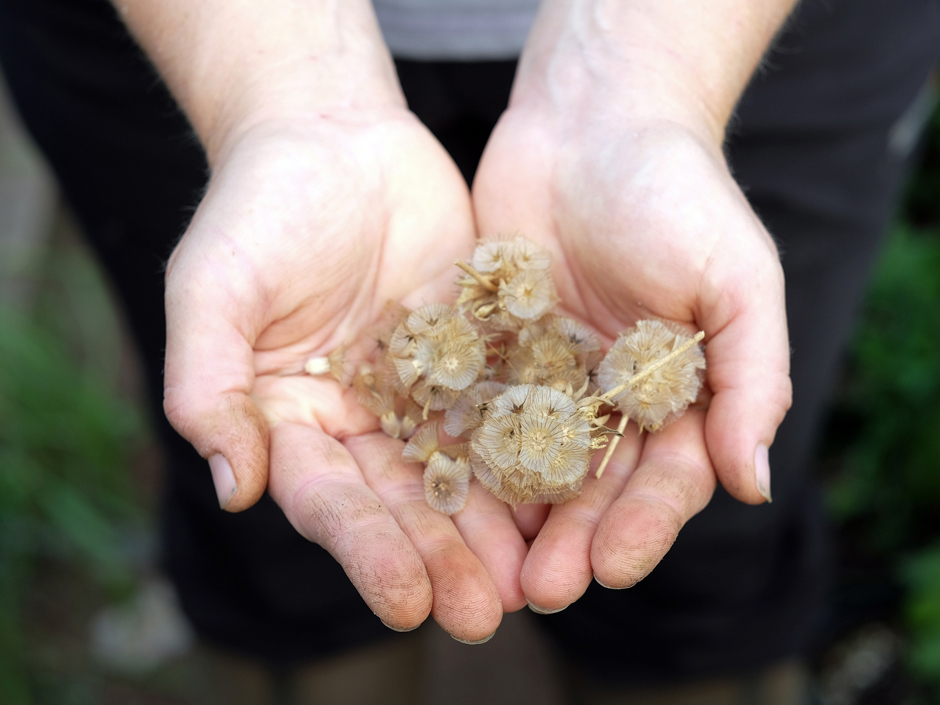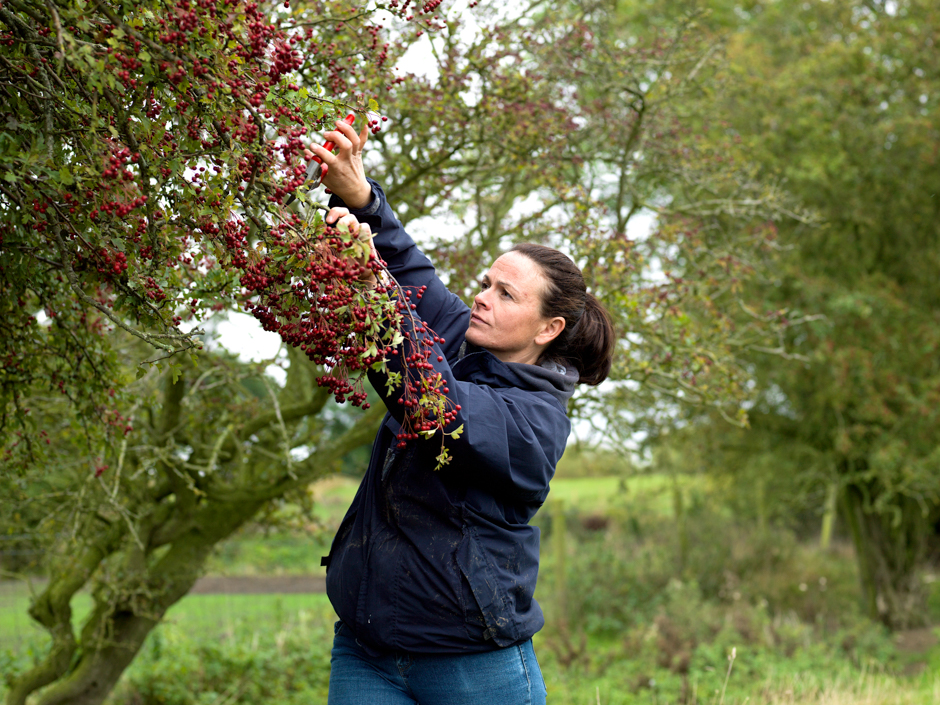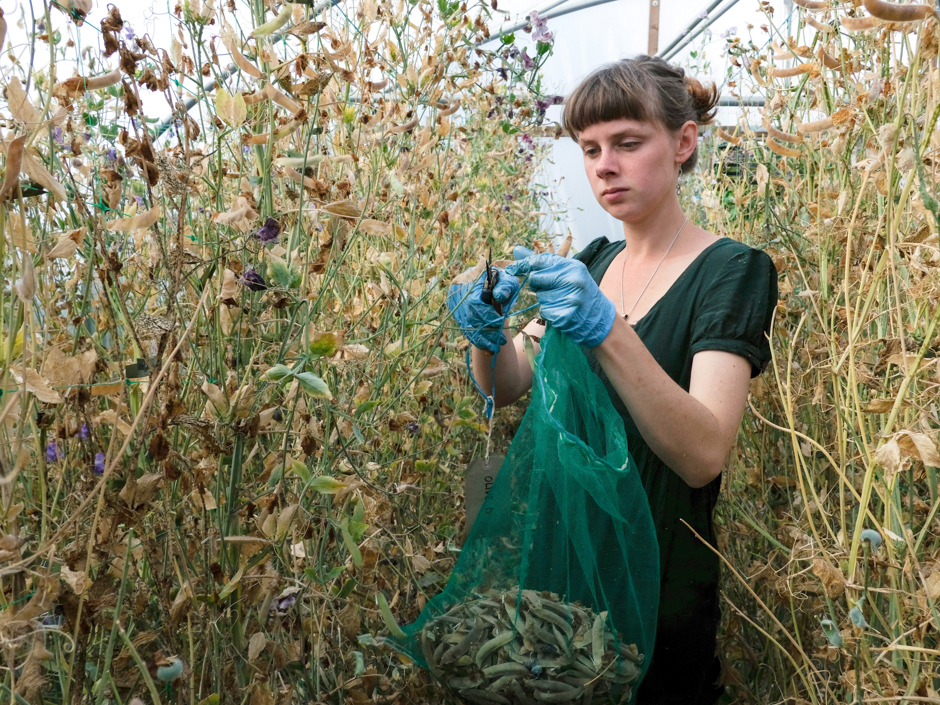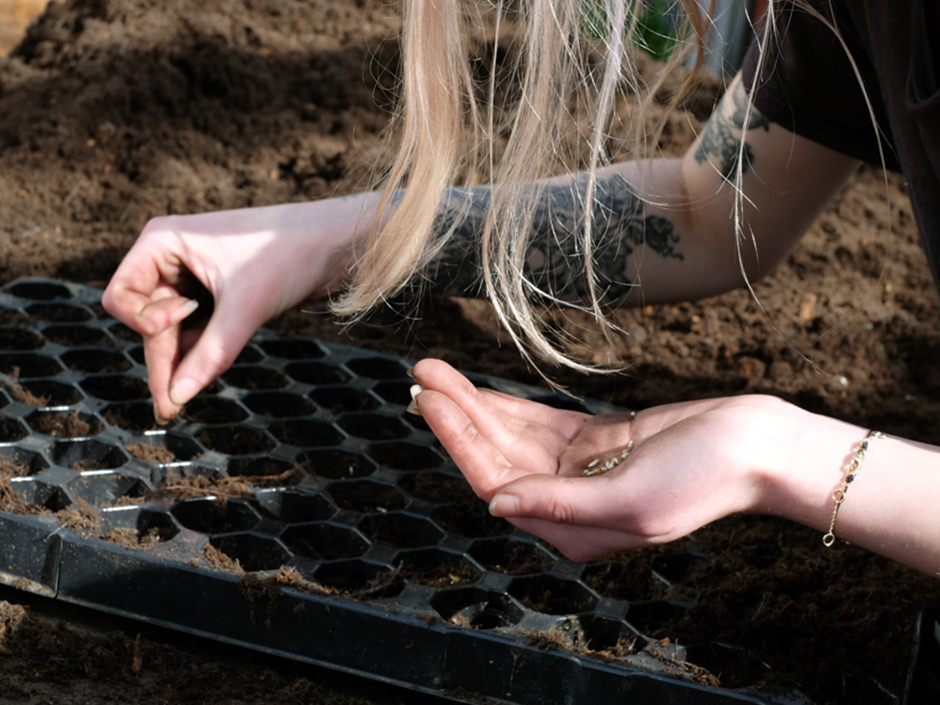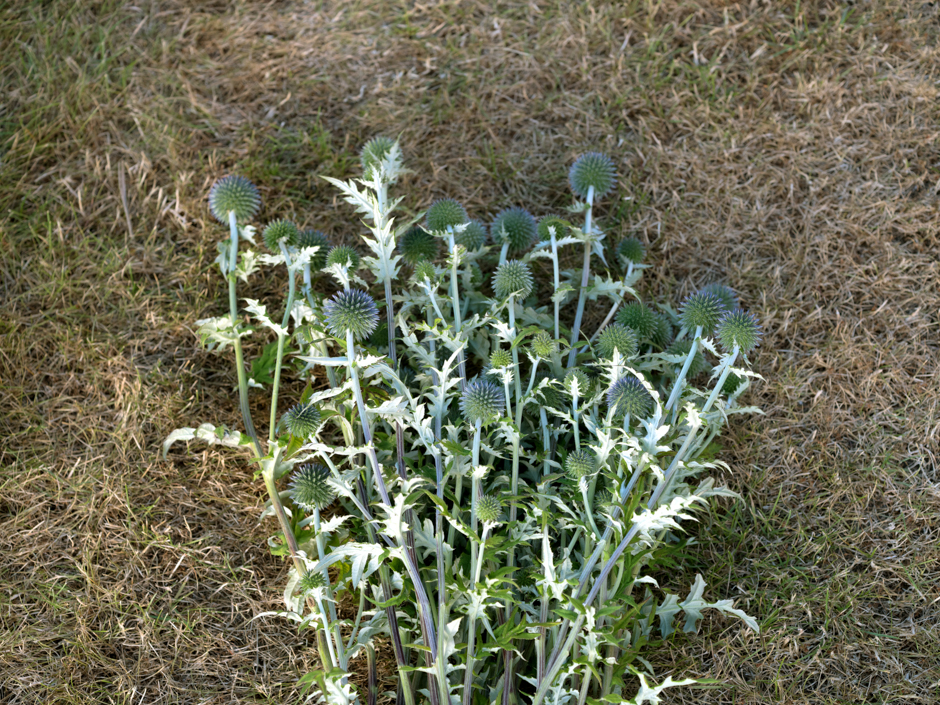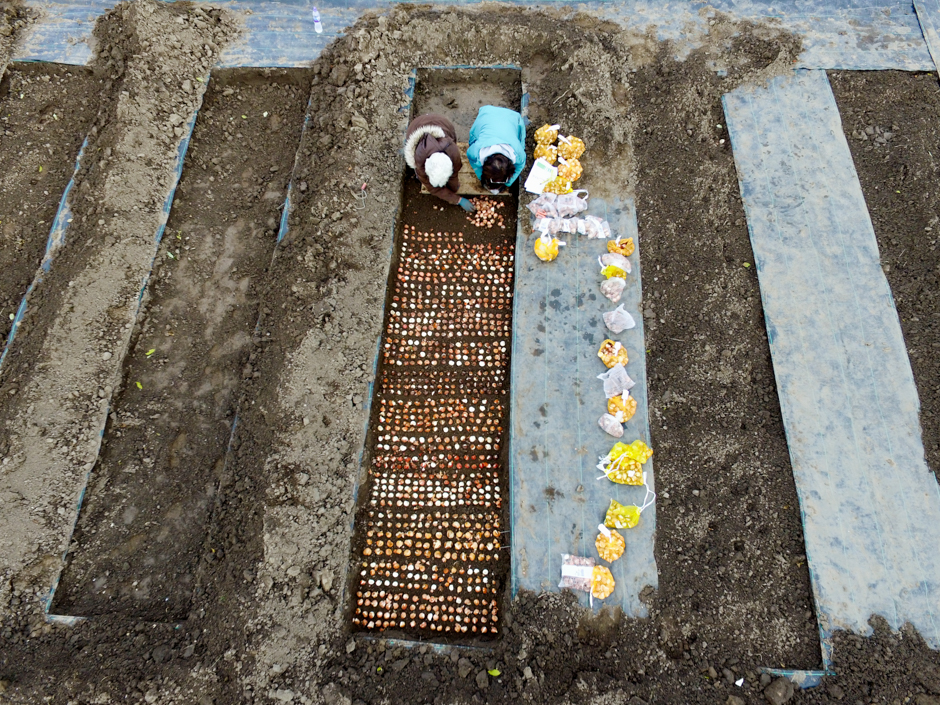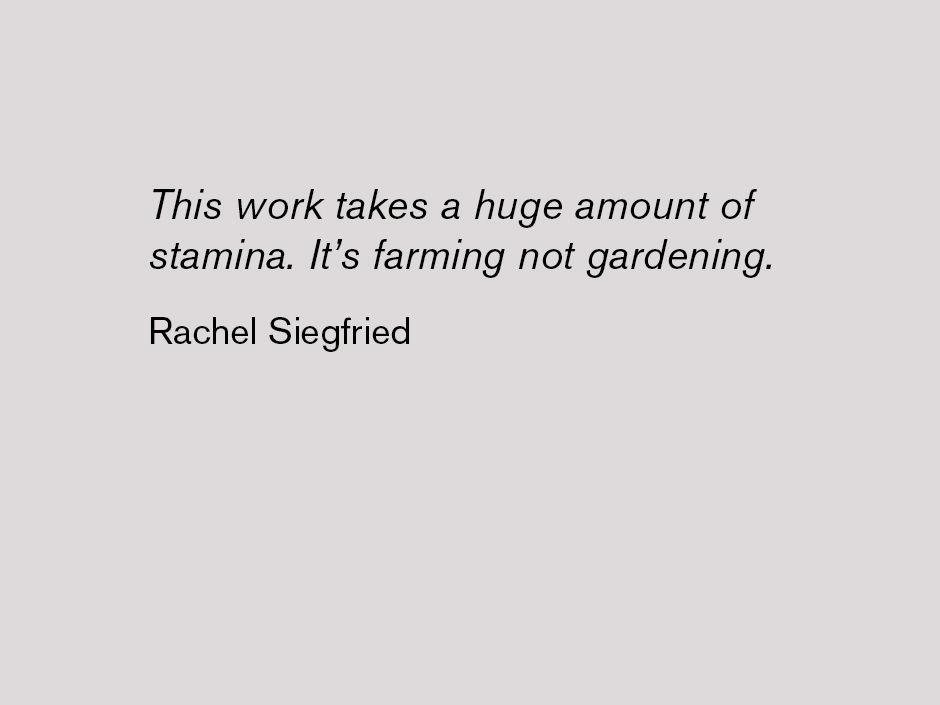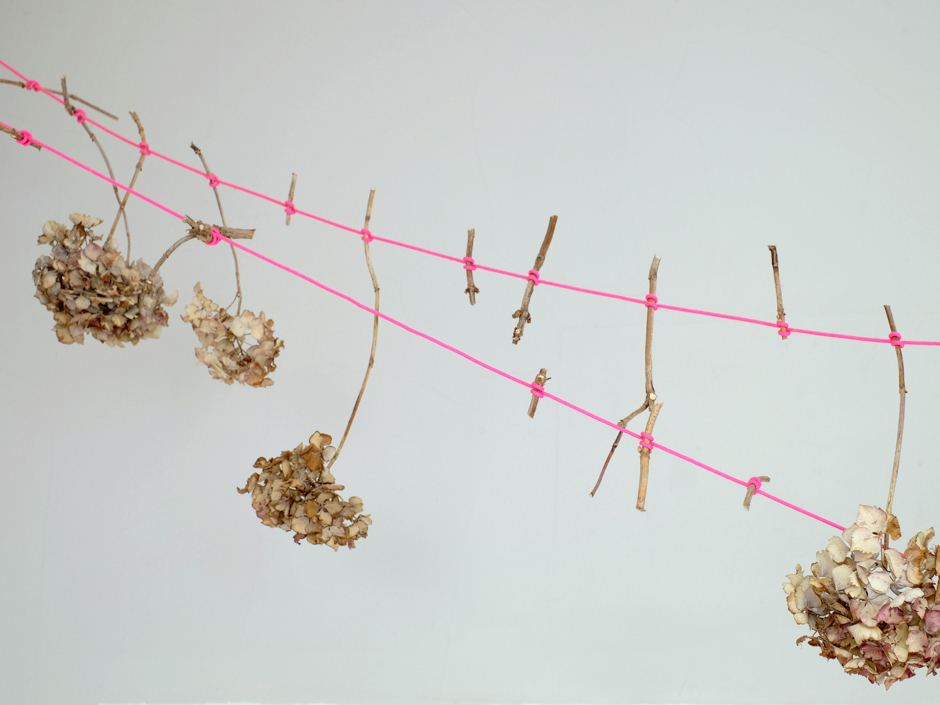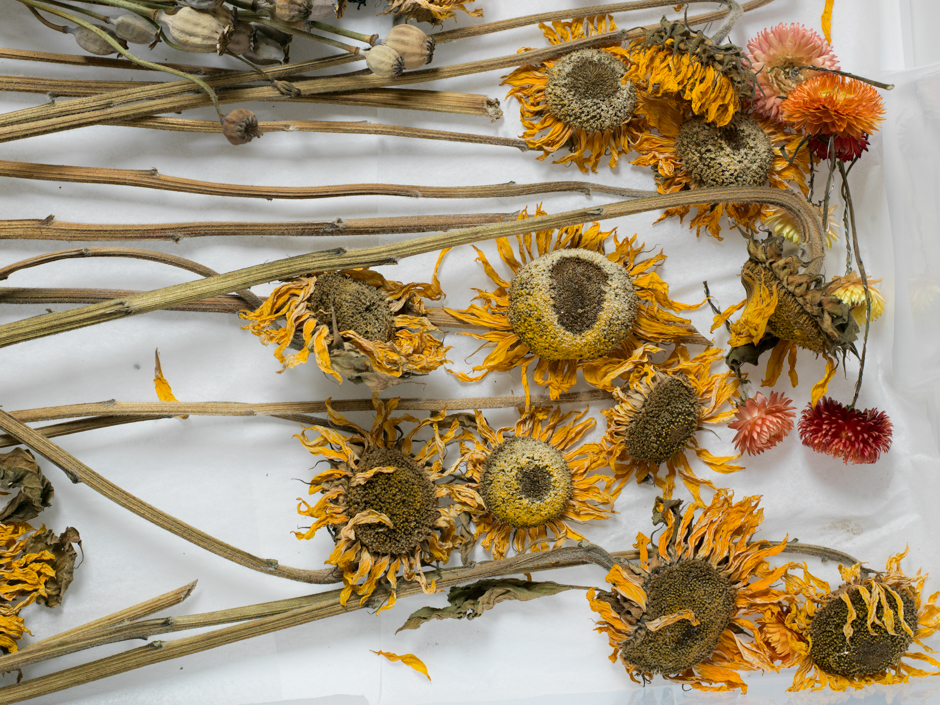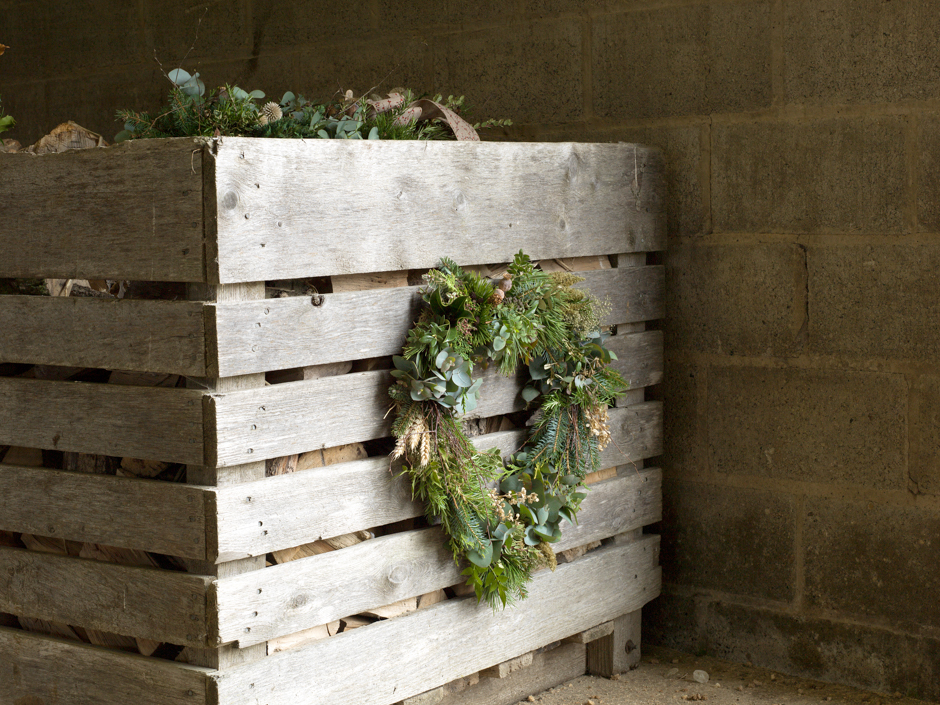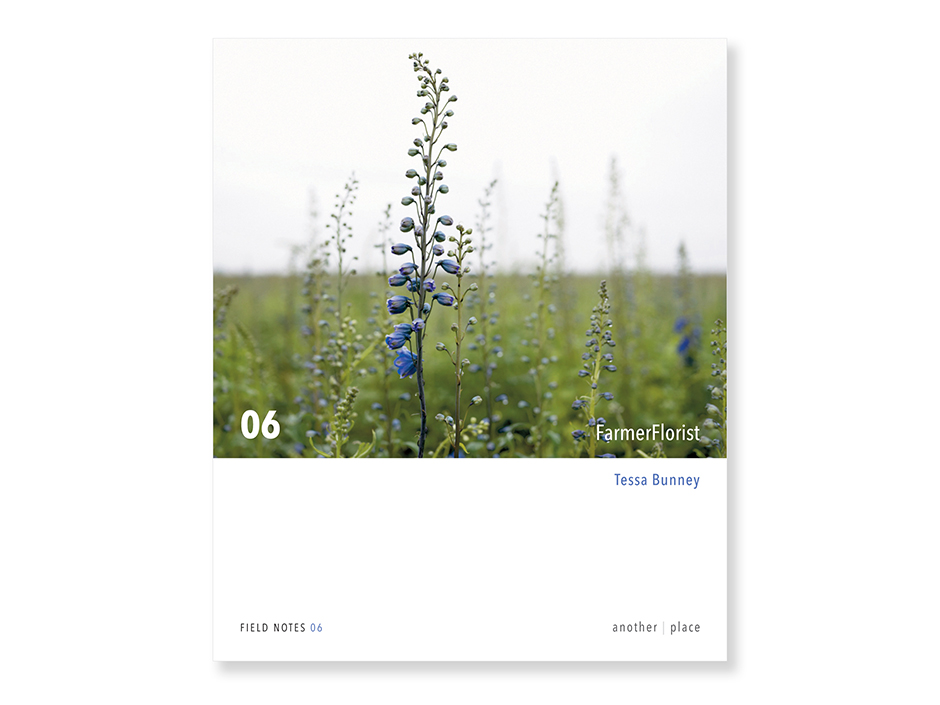FarmerFlorist
We are a nation of farmers, of gardeners, of flower lovers and our cut flower industry is worth 2.2 billion pounds a year. Flower farms were once a familiar feature of the British countryside and market gardeners grew flowers among their vegetables. In the 1800s, larger farms sprang up as transport links improved and daily trains carried violets from Dawlish, snowdrops from Lincolnshire and narcissi from Cornwall. Flower production has always necessarily been linked to transport, and with planes came distance. Now we can have any flower at any time of year, flown in from the equator, or hothoused in vast Dutch greenhouses.
Recently a number of smaller British flower farms have sprung up, fuelled in part by the wider, resurgent interest in locally produced, seasonal, sustainably grown produce. They are contributing to a vibrant ‘artisan’ cut-flower industry in the UK. My project explores this new movement for ‘fair trade in flowers’, a celebration of the domestic growers past and present.
“We love flowers because they represent something that was taken from us. Growing them was what the British did until the 1980’s, but by embracing the global we lost the local. It’s no coincidence that just as we realise we’ve lost 90% of this country’s wild flower meadows, the flowers we’re asked for most are poppies, cornflowers and scabious.” Caroline Beck, Flower Grower and Garden Writer
This work was produced in collaboration with members of non-profit organisation Flowers from the Farm.
© Tessa Bunney, 2018
FarmerFlorist was published by Another Place Press as part of their Field Notes series in May 2020.
FarmerFlorist was exhibited at Ryedale Folk Museum, North Yorkshire in 2018 and at Oriel Colwyn, North Wales in 2019. The exhibition was reviewed by Lottie Davies on Photomonitor
